Homegrown Hot Peppers in Classic Lucian Recipes
42 min read Discover how homegrown Scotch bonnets ignite classic Lucian dishes—from bouyon to pepper sauce—with tips on heat, flavor pairing, and preserving island fire in your kitchen garden. October 08, 2025 03:07
On a Saturday morning in Castries Market, the air wakes you before the coffee does. You walk past pyramids of breadfruit and tan-skinned nutmeg, and then it hits—the sweet, tropical perfume that only a Saint Lucian scotch bonnet can deliver: apricot and mango on the nose, a bright, chlorophyll snap like freshly cut stem, and a rising heat that pricks the back of your eyes with the rudeness of a sea-breeze gone rogue. The peppers glow like lacquered lanterns—sunflower yellow, hibiscus red, a few green ones freckled like iguanas. A woman at a stall—headscarf the color of Christmas sorrel—says with a laugh, “Chéché piman? You want just a little trouble or a lot?”
I came to Saint Lucian food the way most of us do: one grandmother, one coalpot, and a handful of peppers we weren’t supposed to touch. My gran, Ma Liza of Choiseul, tended a ti-jaden—the little kitchen garden—like music. Milk tins turned into planters, a string line for drying peelings in the sun, and a corner of lava-dark soil where peppers rose up like small suns. She’d snap off one with the care of picking a flower and tuck it behind her ear, not to show off but because pepper, like stories, should always be within reach.
The Lucian Love Affair With Heat

The Saint Lucian relationship with hot peppers is less about machismo and more about memory. Heat is a punctuation mark rather than the sentence; it’s a comma that wakes up bouyon after hours of gentle simmering, a dash in green seasoning that makes chicken feel like Sunday, a bright accent on fried bakes that turn breakfast into a celebration.
Historically, peppers traveled into Lucian kitchens along the same trade winds that carried cocoa, breadfruit, and salt cod. The Kalinago and other Indigenous people already cultivated capsicum; later, colonial mixing brought a spectrum of peppers from the wider Caribbean and Central America. Over time, Lucians bred peppers not only for fire but for aroma—those deeply tropical, almost stone-fruit notes that separate scotch bonnet from its sharper, less nuanced cousins.
Walk any Friday night through Gros Islet’s street party, and you’ll taste this ethos. You get grilled fish rubbed with a green paste that smells of chive, big-leaf thyme, and one stealth pepper—just one—so the heat doesn’t punch you; it winks. At Dennery’s Seafood Fiesta, it’s different: the pepper sauce is a vibrant yellow—laced with mustard and turmeric—its tang racing ahead of its burn, the kind of sauce that makes plantain taste like candy.
In Kweyòl, pepper is piman, and it shows up everywhere from rum shops to baptisms. Peyi Kwéyòl, Creole Heritage Day, brings stalls of pepper sauces lined up like a paint chart; there are as many recipes as there are hands to make them. The through-line is the same: heat as belonging, heat as welcome.
Meet the Peppers of the Ti-Jaden
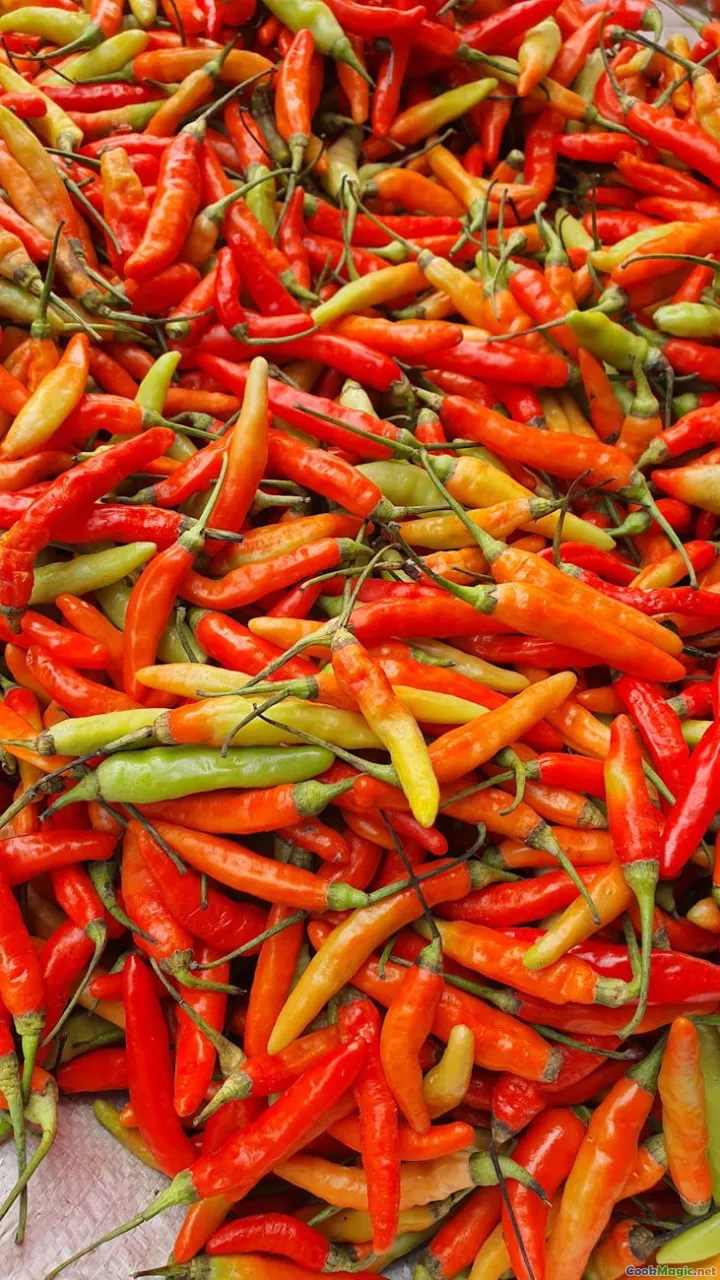
- Scotch bonnet (Piman Bònet Skòtch): The aromatic monarch. Squat with a scalloped nose and an aroma that blooms like mango and papaya. Ripe colors range from golden to flame-red. Its heat is assertive but gracious—swift, then warm and lingering.
- Bird pepper (Piman Zwazo): Tiny and playful, these slender red bullets deliver clean, fast heat. Their nose is greener—like crushed leaves—and they’re beloved for pepper vinegar.
- Seasoning pepper (Piman Sizonman): A kiss, not a slap. These are perfumed, mild cousins that mimic the fruitiness of scotch bonnet without the same fire. They add lush aroma to green seasoning and stews when you’re cooking for heat-shy guests.
- Goat pepper: Often conflated with scotch bonnet but with a thinner wall and a slightly grassier profile. Good for quick pickles.
Saint Lucia’s volcanic soil and U-shaped valleys around Soufrière and Choiseul give peppers intensity. The plants lift their leaves like umbrellas against a noon sun, splaying their flowers into five-point stars. Ask any gardener and they’ll have a story about a volunteer seed that rolled downhill during a rain and set root where it pleased. These happy accidents yield local hybrids, tougher than catalog varieties, fiercely adapted to salt air and erratic showers.
Grow Your Own Heat: A Lucian-Style Ti-Jaden Guide
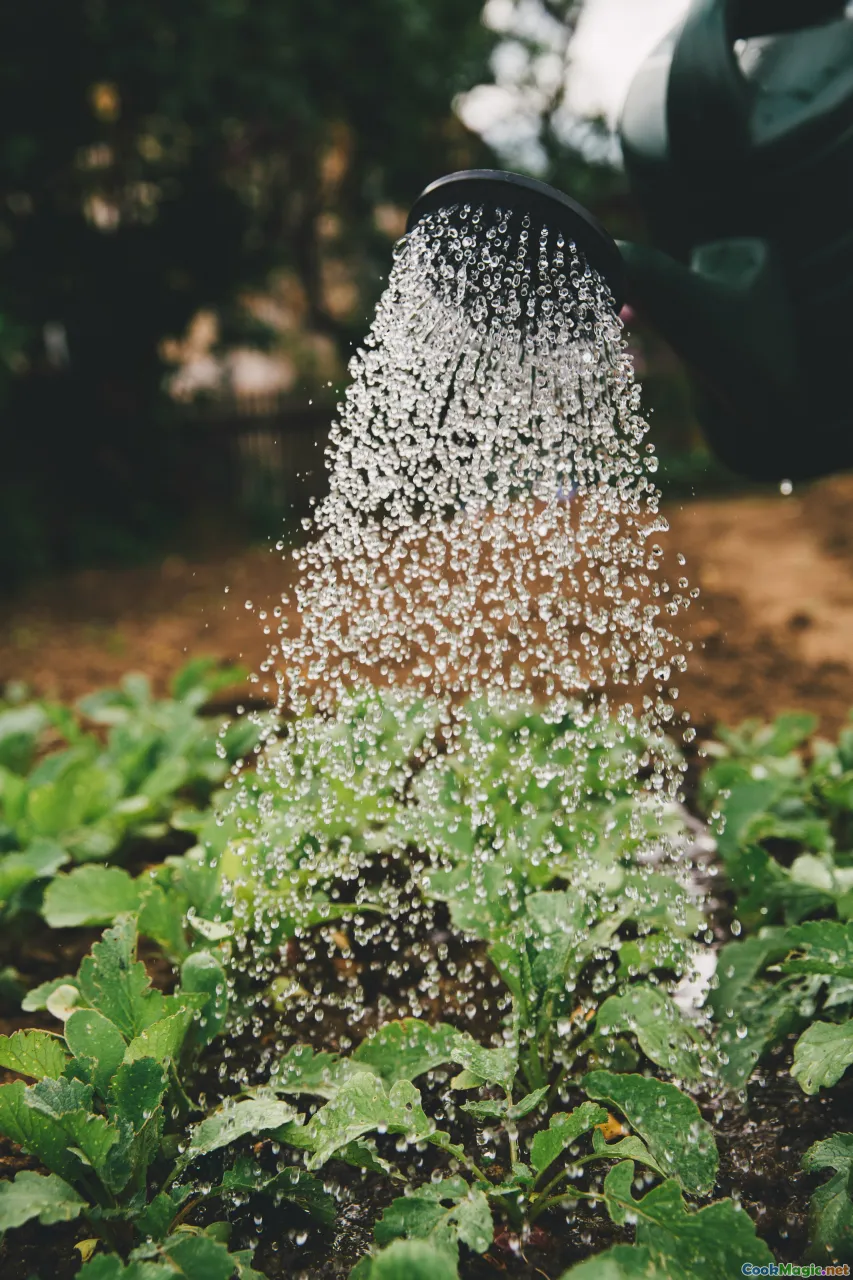
Growing peppers at home in Saint Lucia—or in any warm climate—demands attention, not fuss. Peppers like to be noticed. Think of them as the spirited aunties at a family christening: give them a bit of space and sunlight and they’ll entertain everyone.
- Soil: Peppers adore well-drained soil enriched with compost. Lucian volcanic loam is a gift, but if your ground is heavy, lighten it with coconut coir and coarse sand. Aim for a soil that crumbles like cake crumbs and smells faintly sweet when watered.
- Sun: 6 to 8 hours of sun. In coastal zones, morning sun with afternoon shade spares them wind scorch. Inland, they can bask longer.
- Water: Deep, infrequent watering promotes robust roots. Let the top inch dry between waterings. Overwatering leads to leaves that droop like tired flags and peppers that taste watery.
- Feeding: A handful of well-rotted chicken manure or seaweed tea every two weeks keeps plants lush. When flowering starts, switch to a potassium-forward feed—ashes from the coalpot, cooled and sifted, make a traditional potash boost.
- Pruning: Pinch early bud clusters to force branching. A plant with three or four sturdy arms carries fruit like a well-built clothesline.
- Pests: Whiteflies and pepper weevils are the usual villains. Neem oil sprayed at dusk helps, as does interplanting with basil, marigold, or chadon beni (culantro). If there’s a sudden wilting of a single branch, check for borer damage and prune below it.
- Weather wisdom: In hurricane season, stake your plants with bamboo and tie loosely with strips of old T-shirt. After heavy rains, scratch a little wood ash into the topsoil to discourage fungal sulk.
Seed saving is a Lucian art. Choose your most aromatic, fully colored pepper. Slice the cap off and tap the seeds into a sheet of newspaper. Dry them somewhere breezy and shaded—the way your aunt lays out laundry under an eave on a drizzly day. Label the envelope. Your future self will thank you.
Harvest, Handling, and That Nose-Prickle Moment

Peppers speak in color and scent. A scotch bonnet shifts from green to sunrise yellow to a red so glossy it looks wet even when dry. The peak is often when the color fully saturates yet the skin still has snap. Press the flesh gently; it should feel like a firm cherry—no give, no wrinkles.
Handling rules are simple:
- Use gloves if you’re chopping more than one or two peppers. I learned this the hard way the day I scratched my eyelid mid-prep and saw stars I didn’t know existed.
- Slice lengthwise to see the pith—the pale rib that carries most capsaicin. For perfume without fury, scrape out seeds and pith with a spoon. For full-throttle, leave them in.
- Smell test: A ripe bonnet’s nose should push past purely vegetal into jammy and floral. If you sneeze, it’s ready.
- Char or fresh? Charred peppers (over coal or a blistering stovetop flame) soften the fruitiness and add a smoky plasticity to sauces. Fresh maintain a crystalline brightness. Decide based on the dish: bouyon loves smoke; green fig and saltfish wants sunshine.
Green Seasoning: The Lucian Backbone
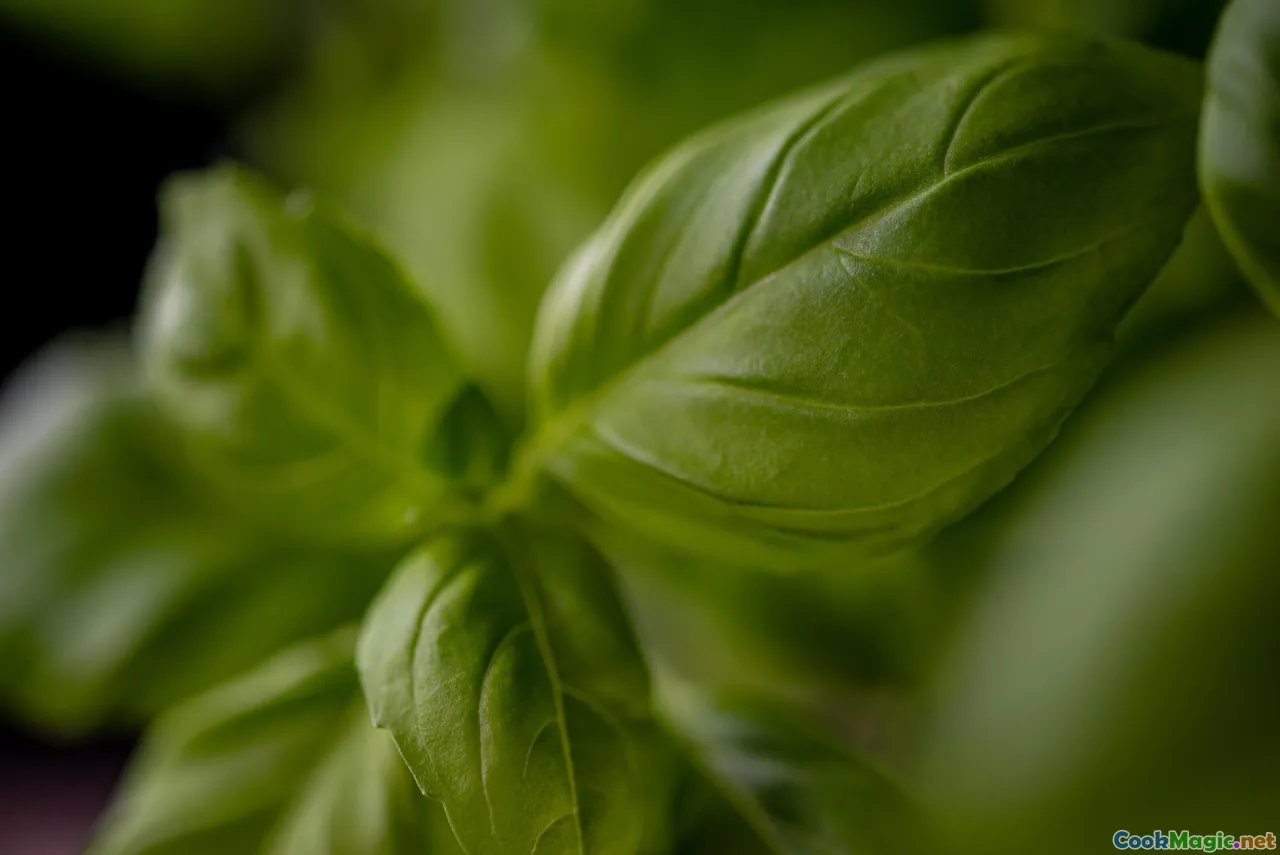
Every cook I know has a jar of green seasoning in the fridge—the island’s culinary DNA in paste form. There are infinite houses, infinite recipes. Here’s how my family does it.
- 1 large bunch chive (scallion/green onion)
- 1 small handful fine thyme and a few leaves of big-leaf thyme (Spanish thyme)
- 1 bunch parsley
- 4 cloves garlic
- 1 small onion
- 1–2 seasoning peppers
- 1/2–1 scotch bonnet (to taste)
- 10 culantro leaves (chadon beni), if you can get it
- 1 thumb ginger
- Juice of 1 lime
- 2 tablespoons white vinegar
- A splash of water or mild oil to blend
- 1 teaspoon salt
Blend to a loose paste. The smell should be like the island after rain—green and alive, with the lime’s sparkle and bonnet’s warm thrum rising through. Rub it into chicken, fish, pork, even breadfruit steaks before grilling.
The trick is restraint with the pepper: you want heat to arrive in the bassline, not the treble. Let the herbs sing soprano.
Sòs Piman: Pepper Sauce on Every Lucian Table
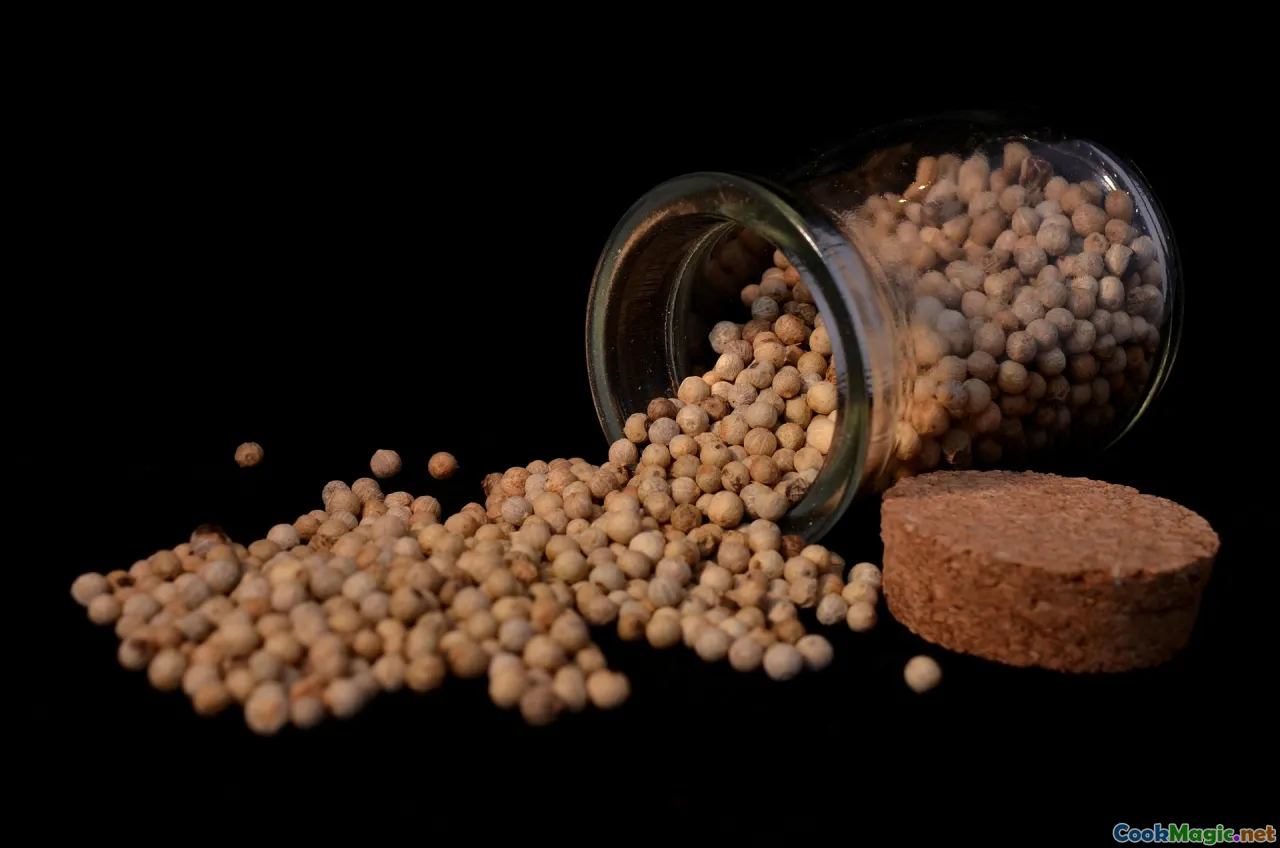
There are two classic schools of Lucian pepper sauce—vinegary bright and mustard-golden. Both have a place. I’ll teach both, plus a quietly addictive fermented version.
- Bright Scotch Bonnet and Lime Pepper Sauce
- 10 scotch bonnets, stems removed
- 1 small carrot (for body and mellow sweetness)
- 4 cloves garlic
- Juice of 3 limes
- 1/2 cup cane vinegar
- 1/4 cup water
- 1 teaspoon salt
- Optional: 1 teaspoon sugar if your limes are fierce
Blend smooth. It should pour like a thin glaze, smelling of lime zest and pepper blossoms. Rest in the fridge for 24 hours, then adjust salt.
- Turmeric-Mustard Lucian Gold
- 8 scotch bonnets
- 1 tablespoon yellow mustard
- 1 teaspoon turmeric
- 1/2 small onion
- 1/2 cup cane vinegar
- 1/4 cup water
- 1 teaspoon salt
Blend and bottle. This sauce is fantastic on fried fish and bakes, its tang cutting through the crisp with a citrusy hum.
- Simple Fermented Pepper Mash
- 2 cups chopped scotch bonnet (seeds optional)
- 2 teaspoons sea salt
- Enough water to barely cover
Massage the salt into the chopped pepper. Pack into a clean jar, weight the peppers so they stay submerged, and cover loosely. Ferment 5–10 days out of direct sun; you’ll see gentle bubbles and catch a yogurty, fruity aroma. Blend with vinegar to your desired sharpness. Fermentation rounds the burn, giving depth and a whisper of umami, the way a steelpan’s low note reverberates in your chest.
Safety note: Always use clean utensils. If you see mold (fuzzy growth), discard the batch. A whitish film (kahm yeast) is harmless but can taste off; scrape it out.
Bouyon With a Backbeat
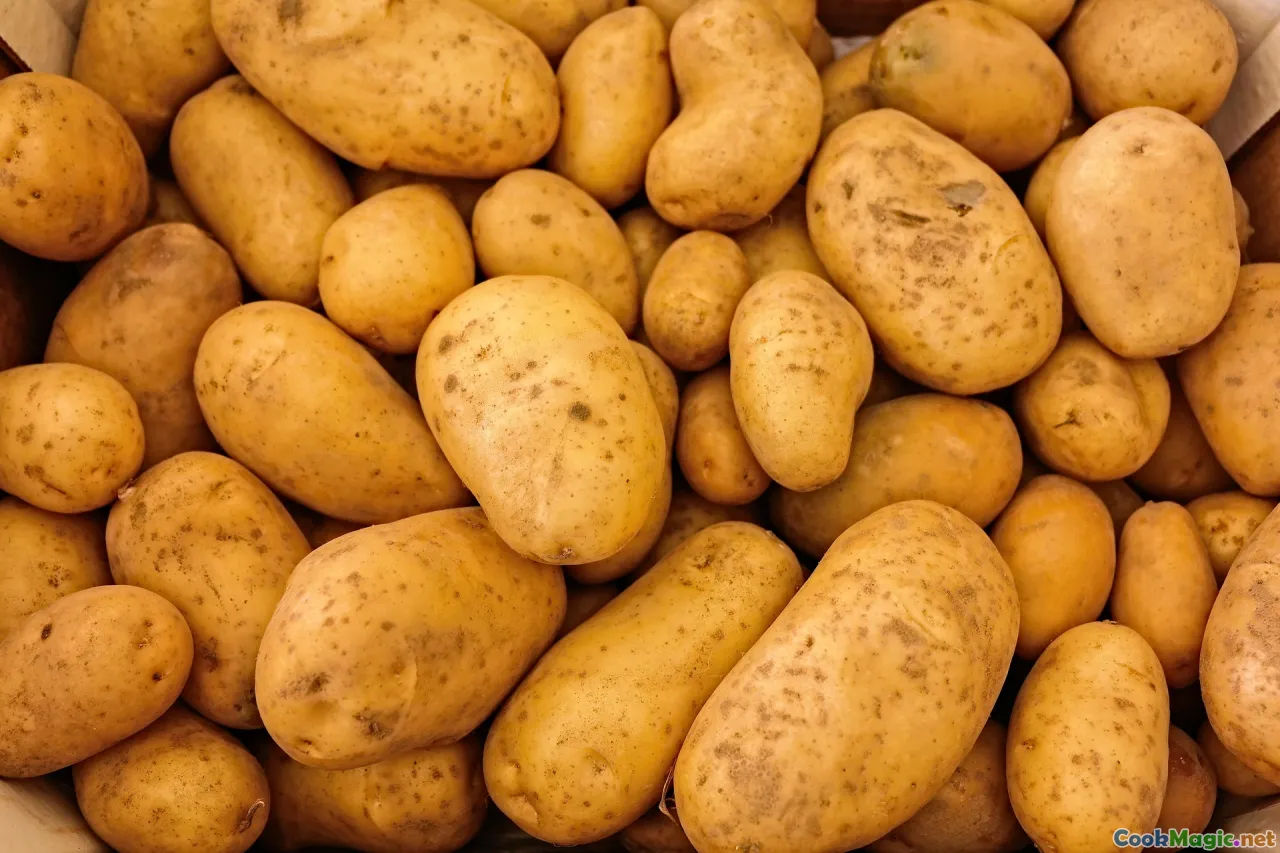
Saturday bouyon is a tradition, a slow drumbeat that gathers family as surely as church bells. The pot gets loaded with what’s on hand: dasheen, yam, sweet potato, pumpkin, green banana. Sometimes pork bones, sometimes pigtail, sometimes nothing but vegetables and the promise of a second helping. Pepper is the conductor.
How I build bouyon with peppers:
- Start with a sofrito of onion, garlic, and a teaspoon of green seasoning. Sweat until the kitchen smells like a warm scarf.
- Add smoked pigtail or salted beef if using—rinsed and parboiled to tame the salt. The meat stutters against the pot as it renders.
- Layer in roots, cut into hunks that look clumsy but feel right in the palm. Cover with water, add a few sprigs of thyme, one whole scotch bonnet (uncut), and a dash of vinegar to breathe life into the broth.
- Simmer slowly. When the bonnet swells and begins to dimple, its floral heat leaches into the soup like sunlight through leaves.
- Finish with chives and a final spoon of green seasoning. Fish out the whole pepper before serving—unless your cousin wants to dare fate.
The broth should be satin-thick, coating the lips, the pepper’s warmth climbing but never clawing. On Gros Islet nights, you may find bouyon ladled into styrofoam cups, steam fogging glasses, pepper sauce on the side if you want to kick the bass.
Green Fig and Saltfish, Peppered Two Ways

Green fig and saltfish is the island’s heartbeat—green bananas boiled to a waxy, comforting chew, salt cod flaked into a sauté with onion, tomato, and herbs. Pepper threads through the dish like a melody you hum all day.
Two ways to weave pepper here:
- Quick Pepper Relish: Finely dice 1 scotch bonnet (no seeds), 1/2 small red onion, and a handful of parsley. Toss with lime juice and a pinch of salt. It should look like confetti and smell like citrus and grass. Scatter over saltfish for a fresh, uncooked heat that brightens each bite.
- Pepper Oil Drizzle: Warm 1/4 cup coconut oil with a slit scotch bonnet, 2 garlic cloves, and 3 pimento seeds (allspice). Let it sigh on low heat until the garlic blushes pale gold. Strain and drizzle over the green fig. The result is a silky heat echo, tropical and round.
Pro tip: When boiling green bananas, crack the skins lengthwise but leave them on. Add a splash of oil to the water; the figs won’t stain black, and they’ll peel like a dream.
Accra and Smoked Herring: Fritters That Love Fire
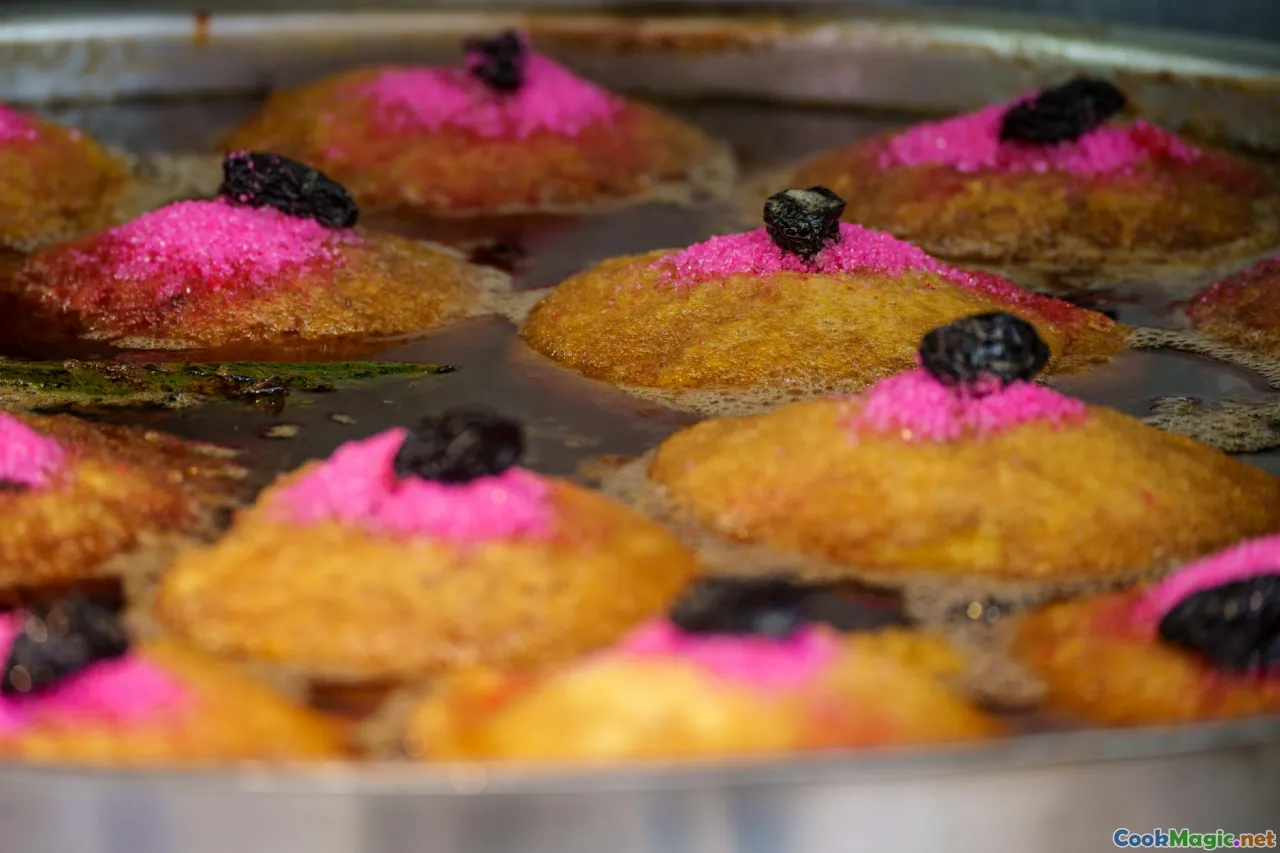
Accra—saltfish fritters—are the island’s favorite excuse to stand by a bubbling pot and talk. They’re salty and fluffy, with little fringes that shatter when you bite. Pepper lives both in the batter and beside it.
Accra batter with backbone:
- 1 cup salted cod, soaked and flaked
- 1 1/2 cups flour
- 1 teaspoon baking powder
- 2 scallions, sliced fine
- 1/2 seasoning pepper, minced
- 1/2 scotch bonnet, minced (or to taste)
- 1 clove garlic, grated
- 1/2 cup water, plus more as needed
- 1 egg
- 1 teaspoon chopped thyme
Mix to a thick drop batter—like a soft hummus. Let it rest 15 minutes so the flour hydrates; the aroma will turn bready, with little pepper puffs when you stir. Drop by spoonfuls into hot oil (350°F/175°C). They will bob and roll like happy porpoises. Serve with a turmeric-mustard pepper sauce, its tang cutting the oil in a way that makes your hand reach for another without thinking.
Smoked herring is another island smoky love. Sauté flakes with tomatoes, onion, green seasoning, and a scant smudge of scotch bonnet until your kitchen smells like a beach bonfire met a garden. Pile onto bakes and add a streak of pepper sauce. It’s breakfast if you eat it before noon, romance if you eat it after.
Callaloo and Lambi: Heat as Conductor
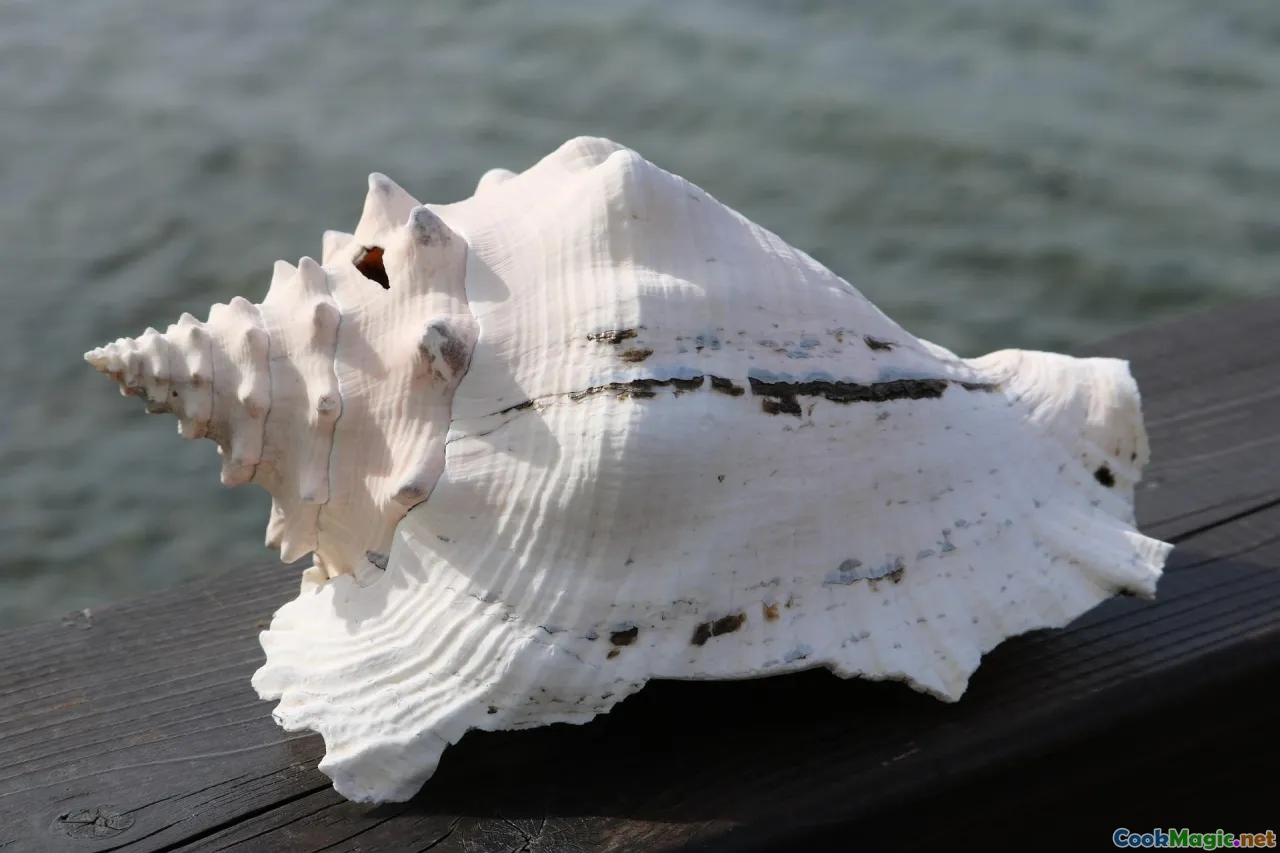
Lucian callaloo—made with dasheen leaf—can be silk-smooth or rustic, but always tastes like green velvet. Pepper can hide in it like mischief.
In a classic callaloo soup with coconut milk, drop a whole scotch bonnet in to infuse. Keep it intact so the heat doesn’t take over, and rescue it before the end. The result is a whispering glow of heat in a soup that tastes of earth and cream.
Lambi (conch) begs for pepper in two directions: a raw-ish limey salad, and a long-simmered stew.
- Lambi salad: Tenderize sliced conch with a quick pound, then toss with lime juice, grated ginger, culantro, onion, diced seasoning pepper, and barely a lick of scotch bonnet. The scent is surf and citrus. Eat with cassava crackers.
- Lambi stew: Brown conch in oil with tomato paste until the kitchen smells caramel-sweet, then low simmer with thyme, garlic, a whole scotch bonnet, and a splash of golden rum. The pepper tames the sea funk and swells the sauce’s warmth, like sun on your shoulders after rain.
Two Street Parties, Two Pepper Personalities
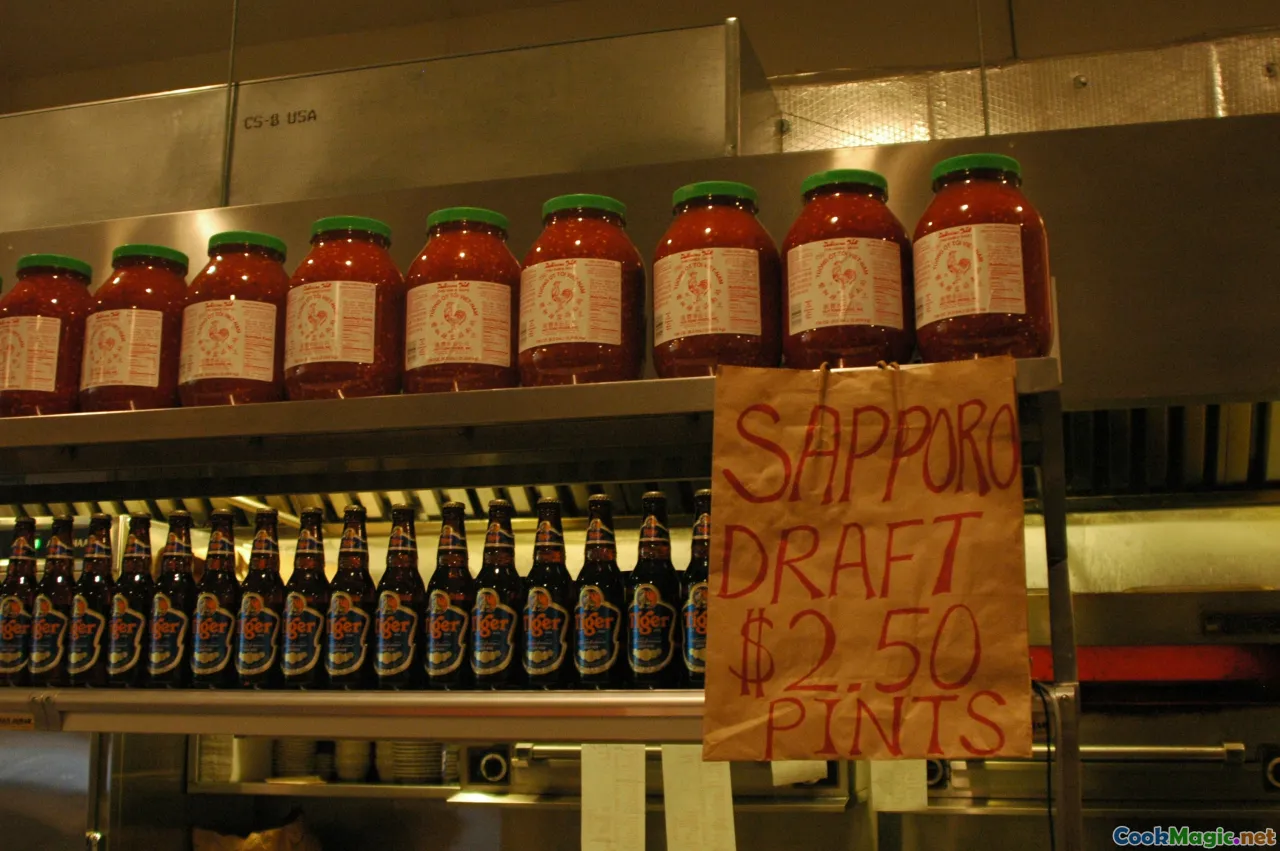
Gros Islet’s Friday night is smoke and bass. Fish hisses on drum grills; the pepper sauce is usually bright, a lime-forward style in repurposed squeeze bottles. The burn is spritely—a hopscotch of heat that keeps up with the soca.
Dennery’s Seafood Fiesta wears a different dress. There, I’ve tasted pepper sauces yellowed with turmeric or mustard, thicker and slightly sweet, something that clings to grilled lobster and makes the char taste sweeter. If Gros Islet’s sauce is a dance-off, Dennery’s is a slow wine: it builds, sways, stays with you.
When you travel and cook, pay attention to these small calibrations. A pepper sauce is a fingerprint. Ask the cook what they put in it and you’ll get either a full recipe or a wink and, “Ti bagay mwen”—my little thing.
Pepper Oils, Pickles, and Lucian Pantry Tricks

A Lucian kitchen often has two or three pepper conduits beyond sauce:
- Pepper vinegar: Bird peppers crammed into a bottle, flooded with cane vinegar and a pinch of salt. Sometimes a few mustard seeds or peppercorns. It’s translucent, fragrant, and excellent for reviving fried fish or souse. Shake. Sprinkle. Wake up.
- Pepper oil: Infuse coconut or vegetable oil with slit scotch bonnets and aromatics—garlic, bay, allspice. It turns glossy and golden, carrying heat that’s less sharp, more slow-blooming. Drizzle on roasted breadfruit wedges.
- Pepper jelly: Guava or golden apple (pomme cythere) with a chopped scotch bonnet, sugar, and lime, cooked to a wobbling gel. Spread on fried bakes with a slice of cheese; thank me later.
- Pepper rum: Not for the faint. A single scotch bonnet split and slipped into white rum, left to infuse a few days. Used more as a dare—or a medicinal chest rub—than a drink.
Managing Heat: How to Thread the Needle
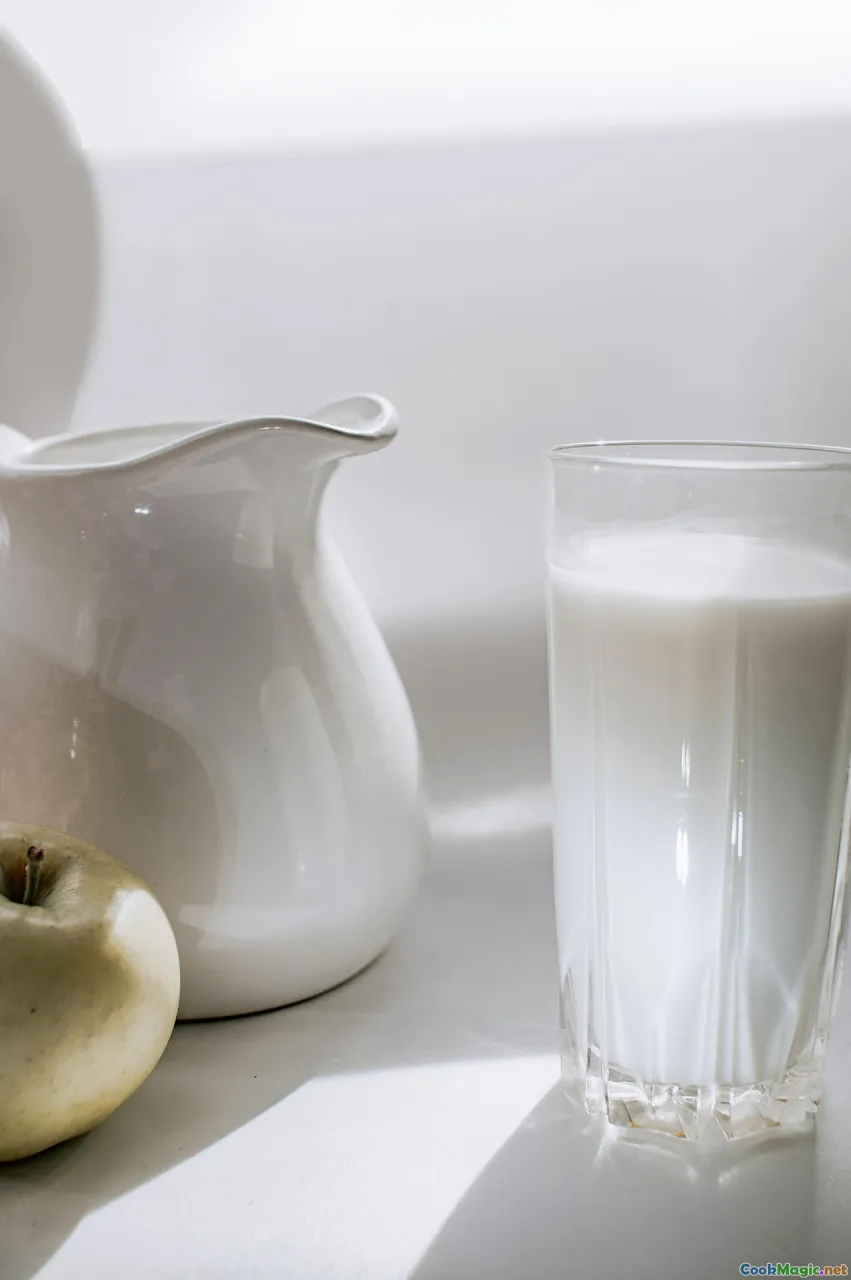
A pro’s kitchen uses heat like a dimmer switch, not just an on/off. Here’s how to calibrate:
- Aroma without pain: Use seasoning peppers for volume and one scotch bonnet for the solo.
- Seed and pith control: The pith is the nerve center. Remove it for a gentler ride.
- Whole pepper infusion: Float a whole bonnet in soups and stews to scent without shock.
- Balance: Fat (coconut milk), sweetness (pumpkin), and acid (lime, cane vinegar) all temper perceived heat. A bouyon with pumpkin tastes less fiery than the same with only yam.
- Aftercare: If a dish runs hot, don’t reach for water. Offer a side of creamy avocado, a spoon of yogurt (if your table uses dairy), or a chunk of roasted breadfruit.
Pairings: What to Drink With Pepper-Forward Plates
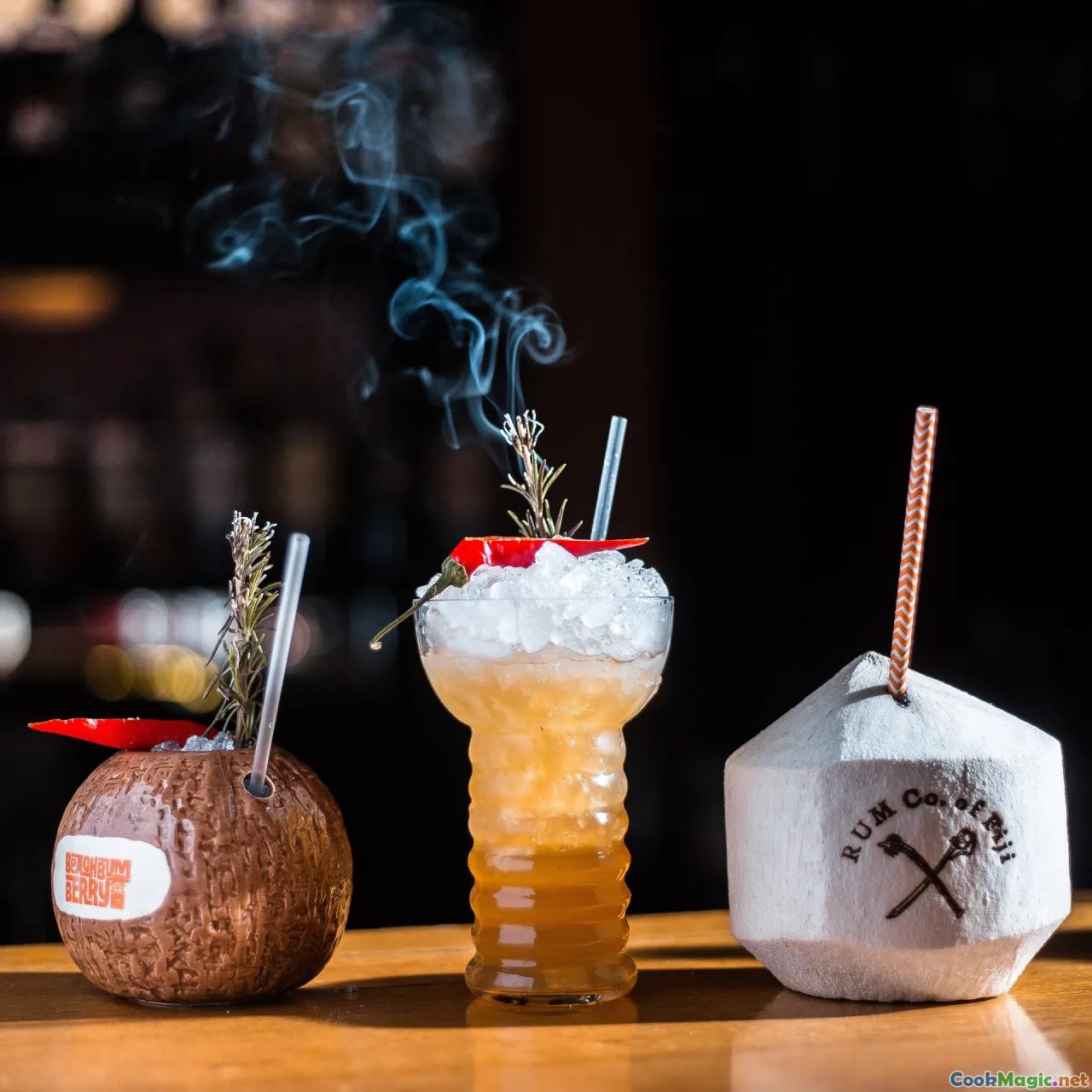
- Piton beer: The local lager’s crispness scrubs pepper oil from your palate, making each bite feel like the first.
- Lime squash: Fresh lime, water, a handshake of sugar. The citrus sings in harmony with scotch bonnet’s floral notes.
- Sea moss drink: Creamy and cool, it acts like a fire blanket alongside spicy accra.
- Spiced rum: Pair with grilled meats rubbed in green seasoning; the rum’s vanilla and cinnamon bridge to the herbs.
- Coconut water: Cold and tender-sweet, it resets your taste buds between bites of fiery fish.
Market Mornings and Garden Evenings: Notes From the Road

At the Castries Market, find Miss James in the corner stall near the spice mounds. She’ll funnel peppers into your hand and tell you which are “smile pepper” and which are “cry pepper.” In Soufrière, the peppers are louder, maybe because the Pitons cradle that place like a megaphone for sunlight. In Choiseul, where the wind speaks in cane, peppers grow under banana shadows and taste complex, the way hill fruit often does.
One evening in Micoud, I watched a neighbor make pepper sauce on a coalpot for fun. She charred the peppers until their skins blistered and sighed, then scraped them into a mortar with onion, lime, and a pinch of salt. Pounded until it looked like molten sunset. We ate it with grilled flying fish. The smoke from the coal and the charred pepper made the beach smell like a good memory you can’t quite place.
Recipe: Lucian Scotch Bonnet–Lime Pepper Sauce (Sòs Piman)

Yield: About 1 1/2 cups
Ingredients:
- 12 scotch bonnets, stems removed (seeds optional)
- 1 medium carrot, peeled and roughly chopped
- 5 cloves garlic
- 1 small onion, roughly chopped
- Juice of 4 limes
- 1/2 cup cane vinegar (or white vinegar)
- 1/4 cup water
- 1 teaspoon salt
- 1 teaspoon sugar (optional)
Method:
- Add all ingredients to a blender. Blend until very smooth—like a silky puree that clings to the jar.
- Taste carefully with a clean spoon. Adjust salt and acid. The flavor should be bright and tangy upfront, with a rounded, floral heat.
- Funnel into sterilized bottles and refrigerate. It’s best after 24 hours and keeps several weeks.
Pro move: For a layer of smoke, blister half the peppers over a gas flame or grill first. Your kitchen will smell like adventure.
Recipe: Saturday Bouyon With Pigtail and Pepper
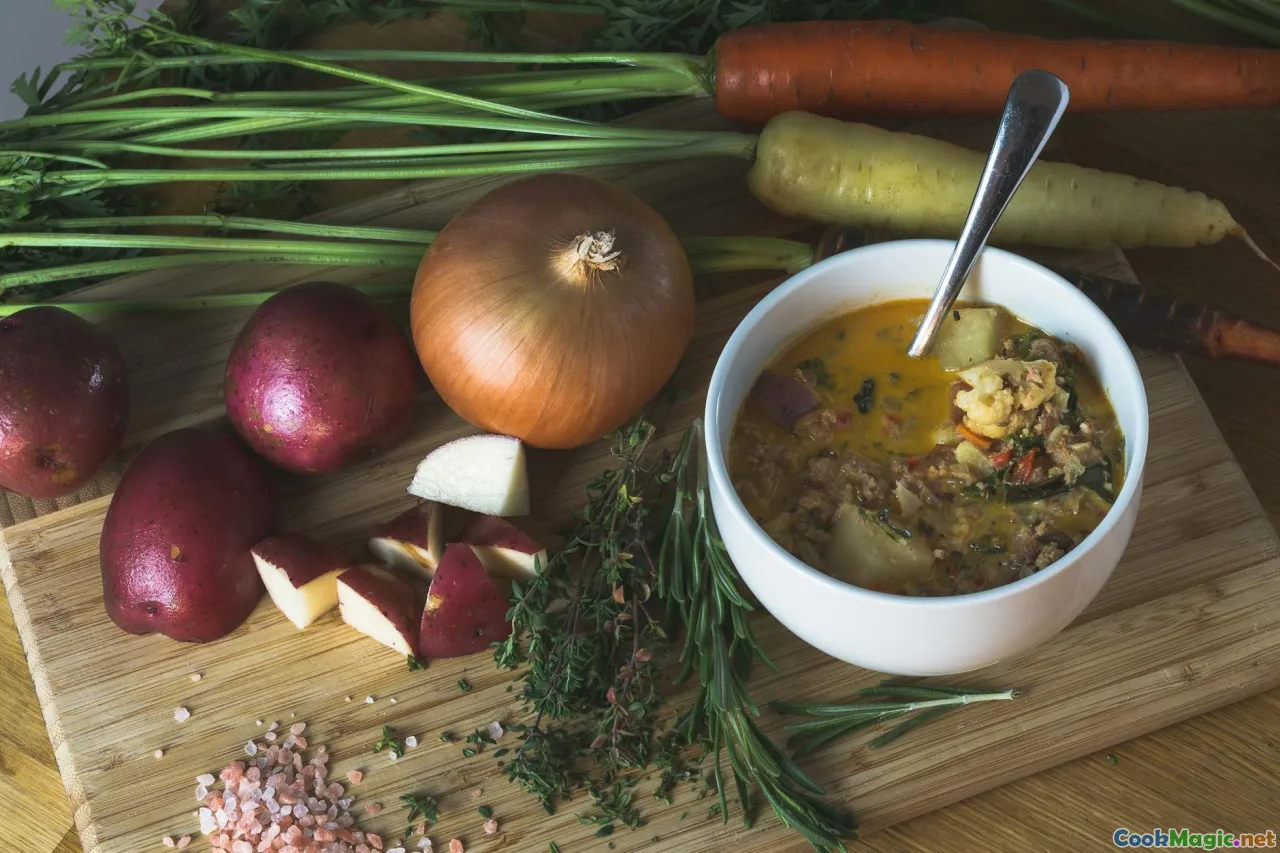
Serves 8 hungry people
Ingredients:
- 1 lb salted pigtail, cut into pieces
- 1 large onion, diced
- 4 cloves garlic, minced
- 2 tablespoons green seasoning
- 1 lb dasheen (taro), peeled and chunked
- 1 lb sweet potato, peeled and chunked
- 2 green bananas, peeled and chunked
- 1/2 lb pumpkin, chunked
- 2 sprigs thyme
- 1 whole scotch bonnet
- 2 tablespoons tomato paste
- 10 cups water (enough to cover generously)
- Salt to taste (careful; pigtail is salty)
- 2 scallions, sliced
Method:
- Rinse pigtail, then parboil 10 minutes to shed excess salt. Drain.
- In a large pot, sauté onion and garlic in a little oil until translucent and sweet. Add green seasoning; stir until fragrant.
- Add pigtail, tomato paste, and a splash of water. Cook until paste darkens slightly—this deepens flavor.
- Add all root vegetables and bananas. Pour in water to cover by about two inches. Nestle in thyme and whole scotch bonnet.
- Simmer gently for 60–75 minutes, stirring now and then, until the broth turns light brown and thickens slightly from the starches. If using a coalpot, the light smoke makes magic.
- Remove the scotch bonnet. Adjust salt. Finish with scallions.
Serve in bowls that can handle a spoonful of pepper sauce on top. The smell will be family.
Recipe: Green Fig and Saltfish With Pepper Relish
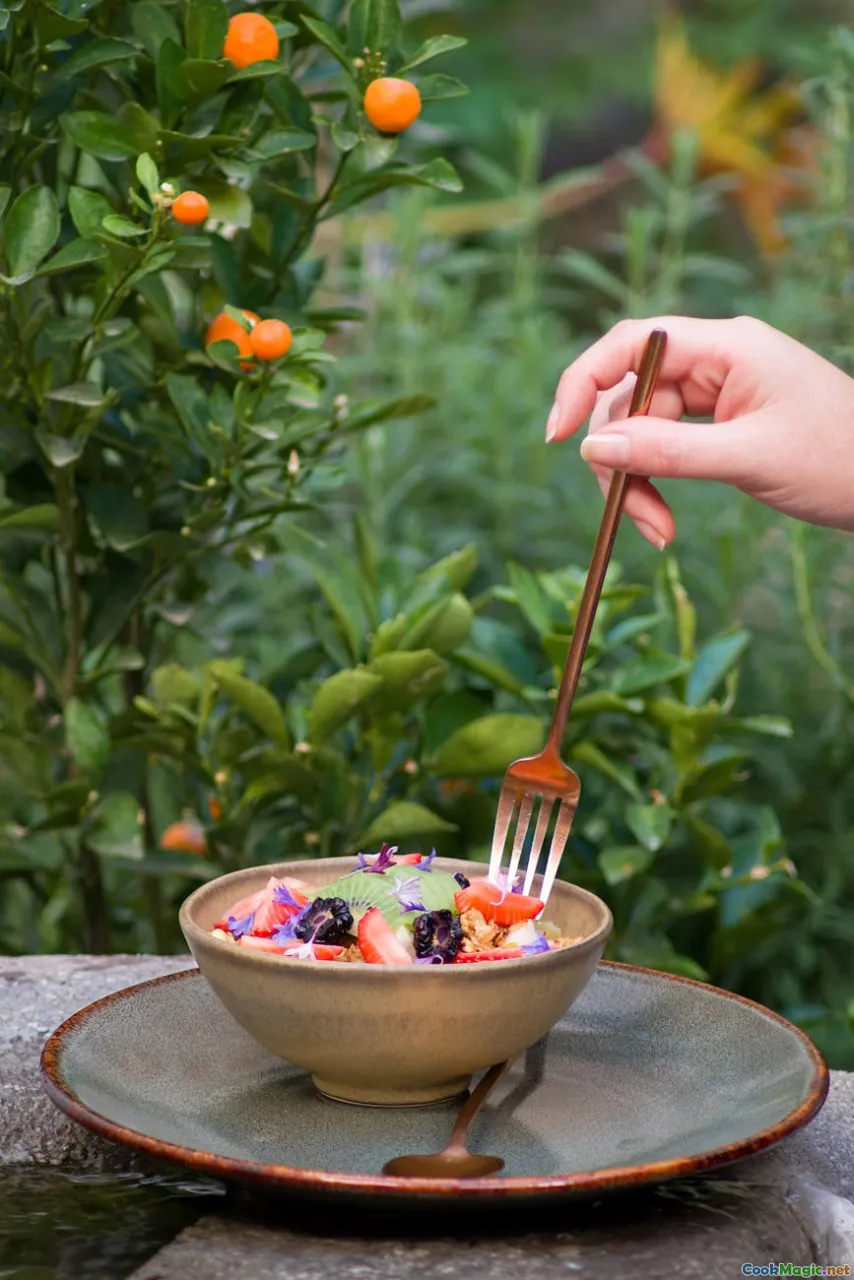
Serves 4
Ingredients:
For the fig:
- 8 green bananas
- 1 tablespoon oil (for the pot)
- 1 teaspoon salt
For the saltfish sauté:
- 1 lb salt cod, soaked overnight and flaked
- 1 medium onion, sliced
- 1 medium tomato, diced
- 1/2 bell pepper, sliced
- 2 scallions, sliced
- 1 tablespoon green seasoning
- 1/4 cup coconut oil or vegetable oil
Pepper Relish:
- 1 scotch bonnet, finely diced (no seeds)
- 1/2 small red onion, finely diced
- 1 handful parsley, chopped
- Juice of 1 lime
- Pinch of salt
Method:
- Prepare the fig: Score each green banana lengthwise. Bring a pot of water to a boil with oil and salt. Add bananas; cook 15–20 minutes until a knife slides in with soft resistance. Drain, peel, and set aside.
- Sauté the saltfish: Warm oil in a pan. Add onion; cook until translucent. Add tomato, bell pepper, scallions, and green seasoning. When the pan smells like a herb garden at noon, fold in the saltfish. Cook until heated through and tomato just breaks.
- Mix relish ingredients in a small bowl; it should smell like lime zest and a fresh-cut lawn.
- Serve the figs and saltfish with a spoonful of relish over top. The first bite should ping with citrus, then warm with pepper.
Recipe: Accra With Turmeric–Mustard Pepper Dip

Serves a crowd
Ingredients:
Accra:
- 1 lb salt cod, soaked overnight and flaked
- 2 cups flour
- 2 teaspoons baking powder
- 2 scallions, sliced
- 1 seasoning pepper, minced
- 1/2 scotch bonnet, minced
- 2 cloves garlic, grated
- 1 teaspoon thyme leaves
- 1 egg
- 1 1/2 cups water (plus more as needed)
- Oil for frying
Pepper dip:
- 6 scotch bonnets
- 1 tablespoon yellow mustard
- 1/2 teaspoon turmeric
- 1/2 small onion
- 1/2 cup cane vinegar
- 1/4 cup water
- 1 teaspoon salt
Method:
- Combine accra ingredients to a thick batter. Rest 15 minutes.
- Heat oil to 350°F/175°C. Drop spoons of batter; fry until golden and crisp. Drain on paper.
- Blend dip ingredients until smooth. Serve alongside. The fritter’s crunch meets the sauce’s tang; the pepper hum follows.
Keeping Pepper All Year: Preservation and Pantry Care

- Sun-drying: Halve small peppers and lay on screens in a breezy, sunlit spot. They wrinkle like raisins and smell like bright hay. Store whole or blitz into flakes.
- Freezer paste: Blend peppers with a little oil and salt. Spoon into ice cube trays. Frozen cubes slip neatly into stews.
- Boiled sauces: For longevity, bring pepper sauces to a gentle boil for 3–5 minutes, then bottle hot into sterilized jars. The color will deepen slightly; the flavor will round out.
- Pickles: Slot peppers into a vinegar-salt brine with sliced onion, mustard seeds, and a few pimento berries. Keeps months in the fridge; perfect for greasy afternoons.
Label everything. Future you will not remember which jar was lime-heavy and which was turmeric-golden.
From Seed to Sizzle: A Gardener’s Calendar
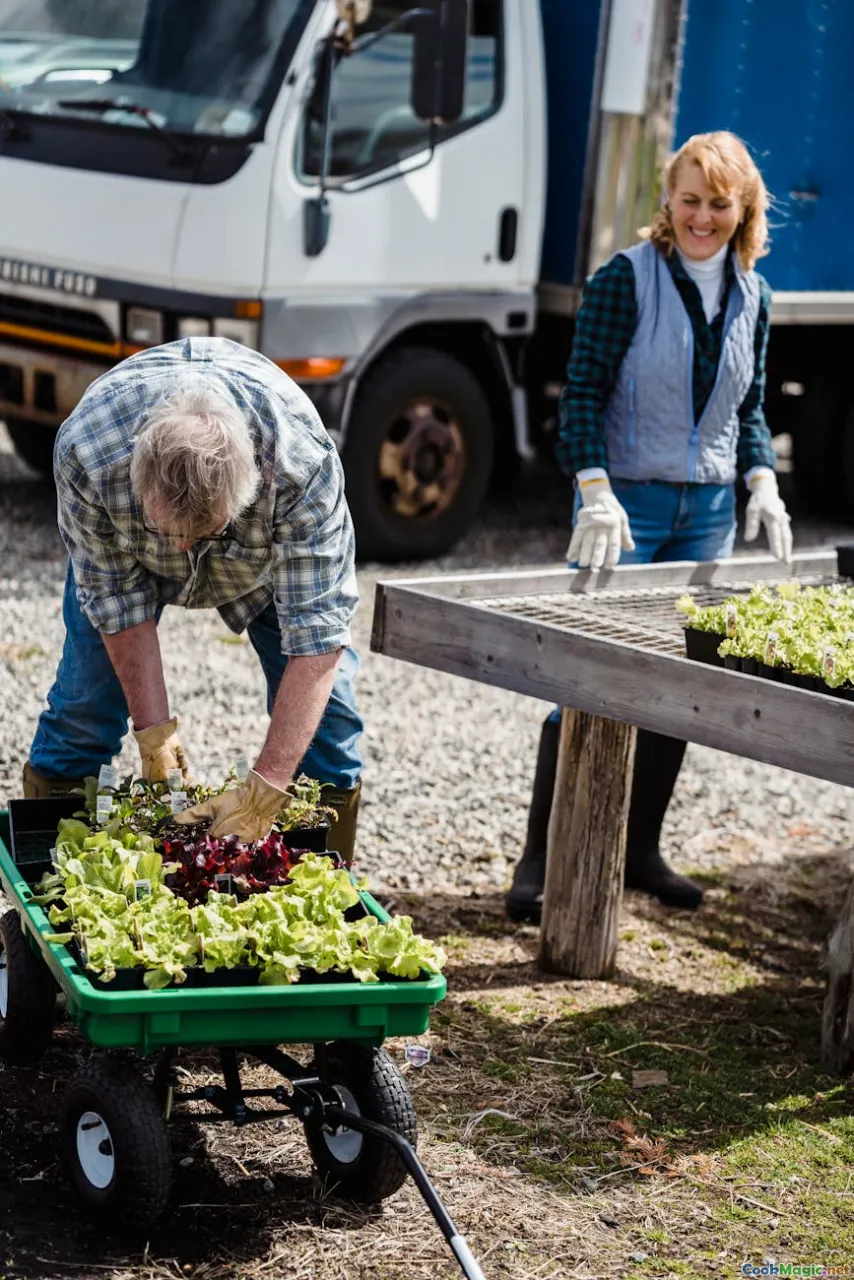
- Early dry season (December–February): Start seeds in trays. Keep moist but not soggy. Tiny hearts unfurl.
- Late dry season (March–April): Transplant robust seedlings to beds or large pots. Stake now before they ask.
- Early wet season (May–June): First flush of flowers and fruits. Feed lightly; mulch to hold moisture.
- Mid wet season (July–September): Harvest heavy. Make sauces and pickles. Brace for storms—tie, stake, whisper encouragement.
- Late wet into early dry (October–November): Plants slow; prune gently. Save seed from the best fruit. Clean tools. Boast about your sauces at Peyi Kwéyòl.
A Pepper’s Place at the Lucian Table: Analysis and Intuition

A classic Lucian table rarely spotlights pepper as the soloist. Instead, pepper is the hook for memory. The bloom of bonnet in callaloo says “Sunday.” The vinegary splash on fried fish says “Gros Islet.” The one whole pepper bobbing in bouyon whispers “someone is watching the pot.”
If you cook professionally, you’ll know how to map flavor. In Lucian food, add pepper to the map not only by Scoville but by scent and context. Scotch bonnet’s fruitiness pairs with lime, coconut, and pumpkin. Bird pepper’s clean heat pairs with souse and vinegar. Mustard-turmeric sauces bridge fried textures and grilled smoke.
For plating, consider color and gleam. A yellow sauce stroked over a red snapper filet looks like sun painting the sea. A green herb oil with a smudge of red bonnet seeds speaks to the island’s flag without being literal. Heat should be visible but not threatening. Think flirt, not fight.
Tips From Lucian Cooks I Trust

- “Don’t chop the pepper first. Smell the food in the pot, then decide.” — Auntie Sonia, Vieux Fort
- “Whole pepper in the soup, then out. Let it perfume, not bully.” — Chef Joel, Rodney Bay
- “Mustard makes pepper kind.” — Miss James, Castries Market
- “For green fig, oil in the water. For fingers, gloves.” — My gran, Ma Liza
- “If you get burned, sugar water for your lips. And stop touching your face.” — Everybody, everywhere
The Emotional Geography of Heat
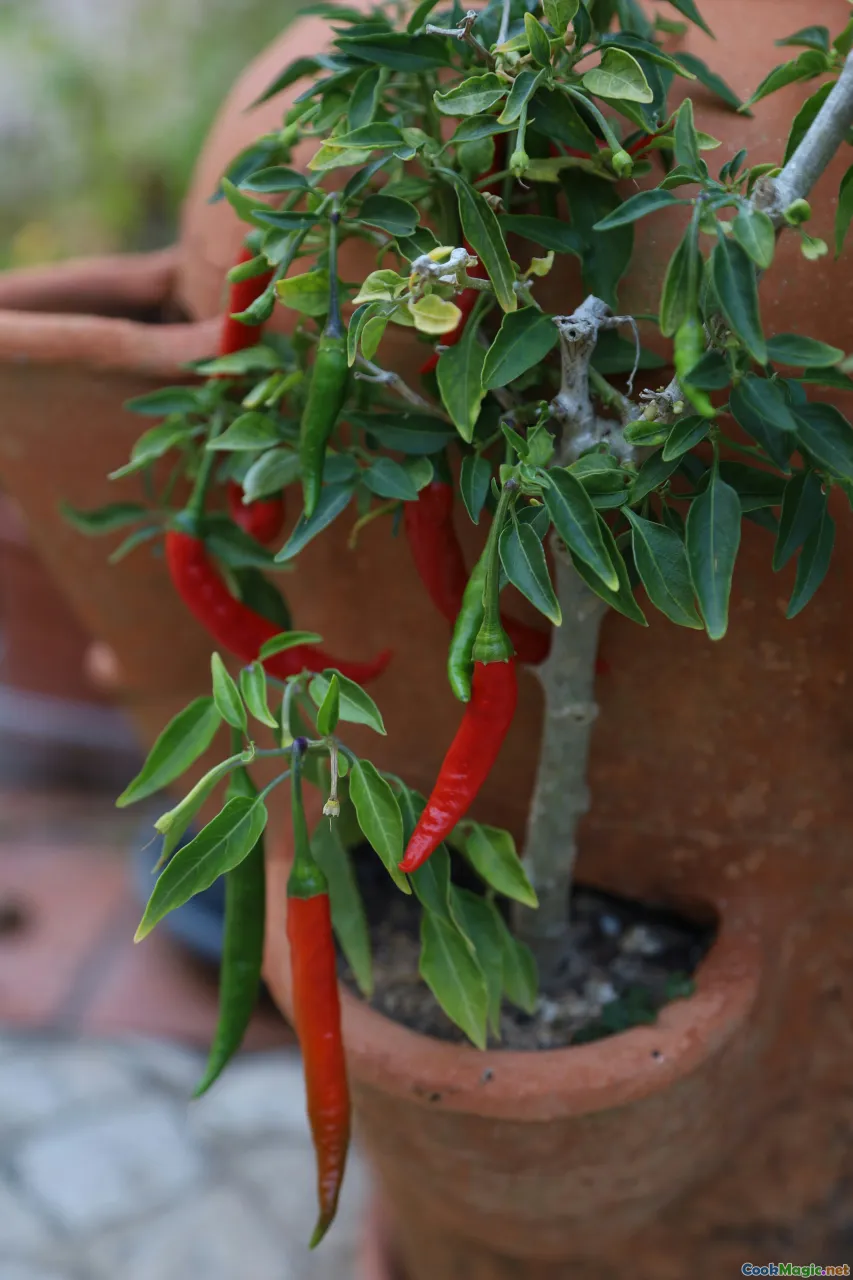
My favorite pepper memory is not a dish. It’s a habit. My grandmother, when tasting a stew, would crush a sliver of raw scotch bonnet between two fingers and swirl it through her portion only, the way you might sign your name. She’d take a spoonful, nod, then pass me the pot and say, “Ou wè? Ti gout piman, la vi vini.” You see? A little pepper, life arrives.
That’s the quiet thesis of Lucian heat. The peppers grown in backyards under breadfruit shade, the sauces carried in repurposed bottles to the beach, the bright, heady perfume of a market stall—these are not about bravado. They’re about presence. They make food vivid in the mouth the way salt spray makes skin feel awake.
If you cook Lucian at home—wherever that home is—try this: grow one plant. Stake it, greet it in the morning, pick a pepper when it’s at its prettiest, and cook a simple pot of bouyon. Float the pepper whole. Eat slowly. Let the broth warm your face and the pepper warm your chest. When the spoon scrapes the bottom of the bowl, you’ll understand why in Saint Lucia, pepper is not just an ingredient. It’s punctuation for joy, memory, and the island’s long, singing breath.









